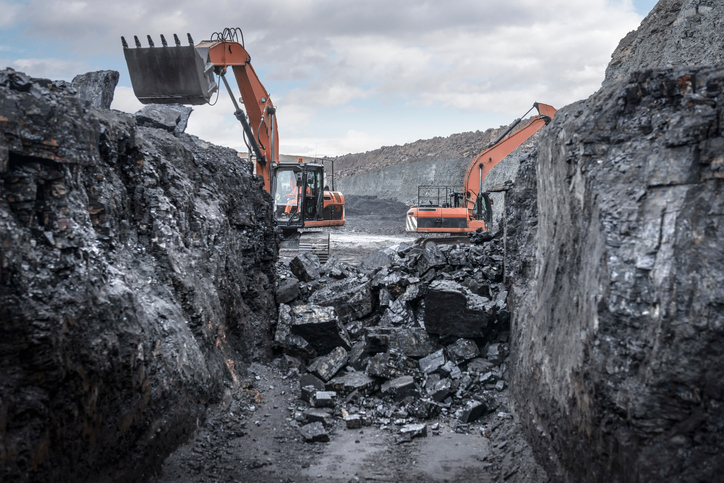The central government has outlined a set of measures aimed at making the coal sector more sustainable and competitive, while aligning with global climate commitments. Despite the growing push towards renewables like solar and wind, coal continues to play a dominant role in India’s energy mix, meeting 55% of the country’s energy needs. With the world’s fifth-largest coal reserves, India is adopting a multi-pronged strategy to modernise the sector, enhance environmental compliance, and reduce dependence on imports.
Greening and efficiency initiatives
To reduce the ecological footprint of coal mining, Coal and Lignite PSUs have intensified reclamation and afforestation efforts around operational mines. Under various greening initiatives, plantations and bio-reclamation work are being carried out across mining sites.
Coal PSUs are also adopting energy efficiency measures — such as replacing conventional lighting with LED systems, deploying energy-efficient appliances, using electric vehicles, and introducing energy-saving technologies like super fans and auto timers in street lighting.
In a significant sustainability push, mine water is being treated and reused for purposes ranging from irrigation and community water supply to firefighting, underground sprinkling, and fish farming. Several MoUs have also been signed with state governments to expand treated mine water supply to local communities.
Additionally, coal companies are making productive use of overburden (OB) — the soil and rock removed during mining. By extracting sand from OB for construction, PSUs have commissioned nine plants, including four OB processing and five OB to M-Sand plants. This move not only curbs river sand mining but also aids groundwater recharge and reduces environmental degradation.
Shift towards cleaner technologies
To reduce pollution and fuel consumption, coal PSUs have been upgrading transportation infrastructure under the First Mile Connectivity (FMC) projects. These projects focus on mechanized coal handling and transport systems, reducing reliance on diesel and cutting emissions.
The sector is also deploying blast-free technologies such as Surface Miners, Continuous Miners, and Rippers to eliminate the need for drilling and blasting — significantly reducing dust and noise pollution.
Meanwhile, coal companies are investing in clean energy alternatives, including renewable power projects and clean coal technologies like coal gasification and coal bed methane (CBM). Participation in the Green Credit Programme launched by the Ministry of Environment, Forest and Climate Change (MoEF\&CC) further reflects the sector’s green commitment.
Reducing coal iImports and boosting domestic production
In a written reply to the Rajya Sabha, Union Coal and Mines Minister G. Kishan Reddy said coal imports have declined from 264.5 million tonnes (MT) in 2023–24 to 243.6 MT in 2024–25. This reduction comes in the backdrop of efforts to increase domestic coal output and reduce reliance on imports.
Key measures include faster allocation of coal blocks, encouraging private participation, and streamlining approval processes. Public sector undertakings are also adopting digital solutions and advanced mining technologies to ramp up production.
An Inter-Ministerial Committee (IMC) has been formed to promote coal import substitution. The IMC is working with import-based power plants to assess and address their coal needs using domestic supply channels. Some of these plants have already indicated their preferred suppliers from Coal India Limited’s (CIL) subsidiaries.
Coal evacuation and transportation are being improved with the construction of new railway lines and expanded FMC projects, aimed at enhancing supply chain efficiency.
With these integrated measures, the government aims to maintain coal’s competitiveness in India’s energy mix while advancing sustainability and reducing environmental impact.














